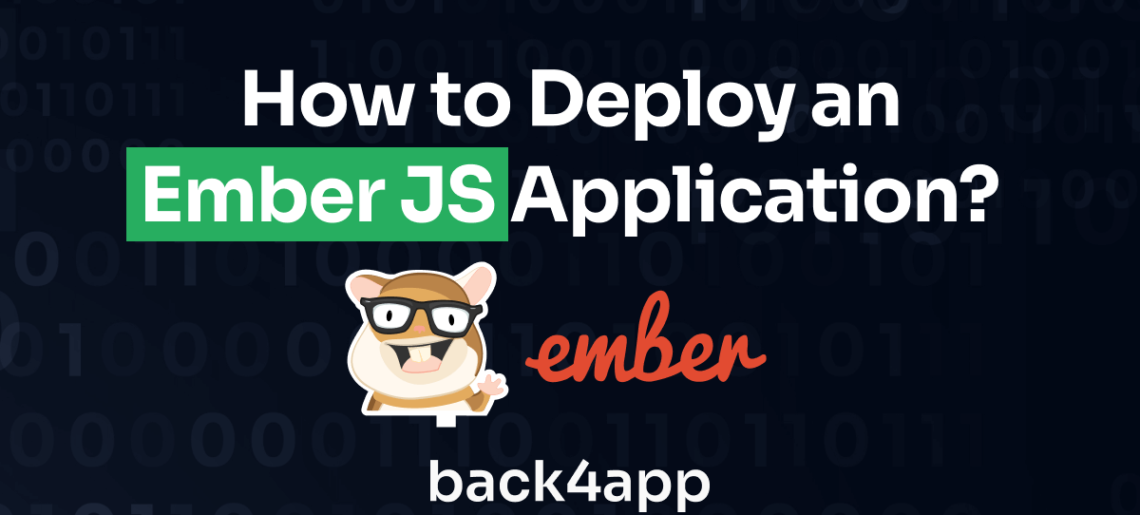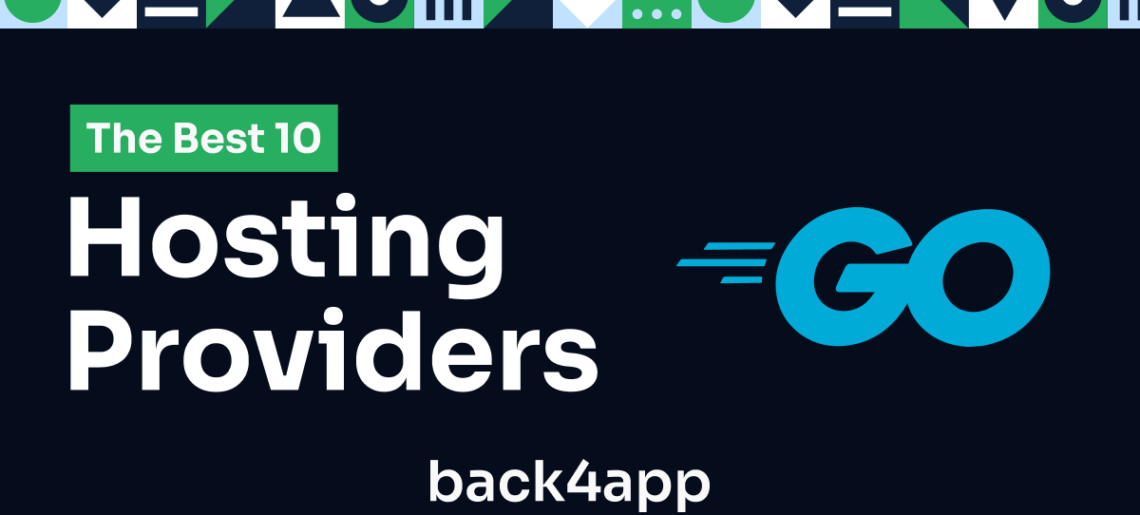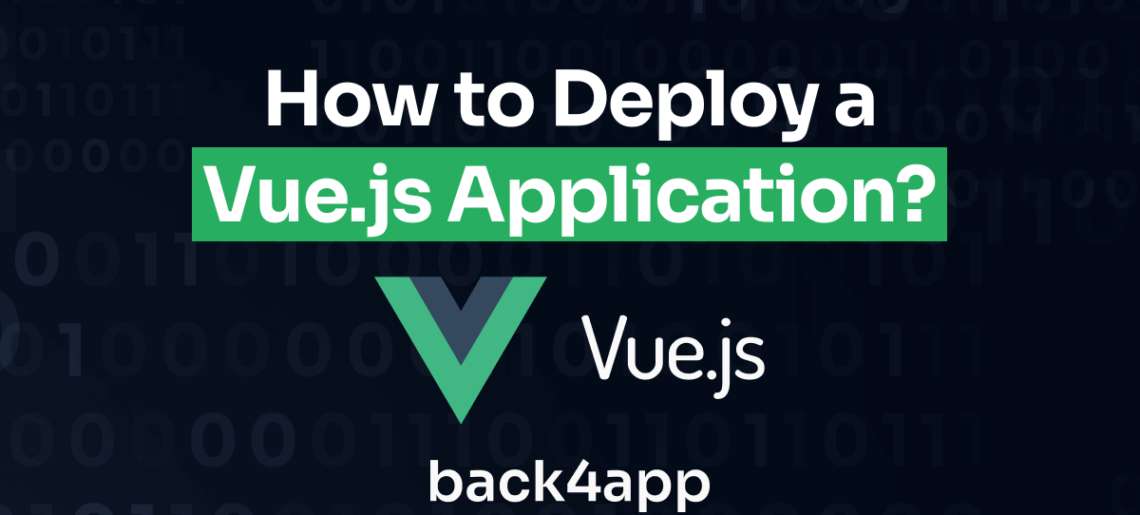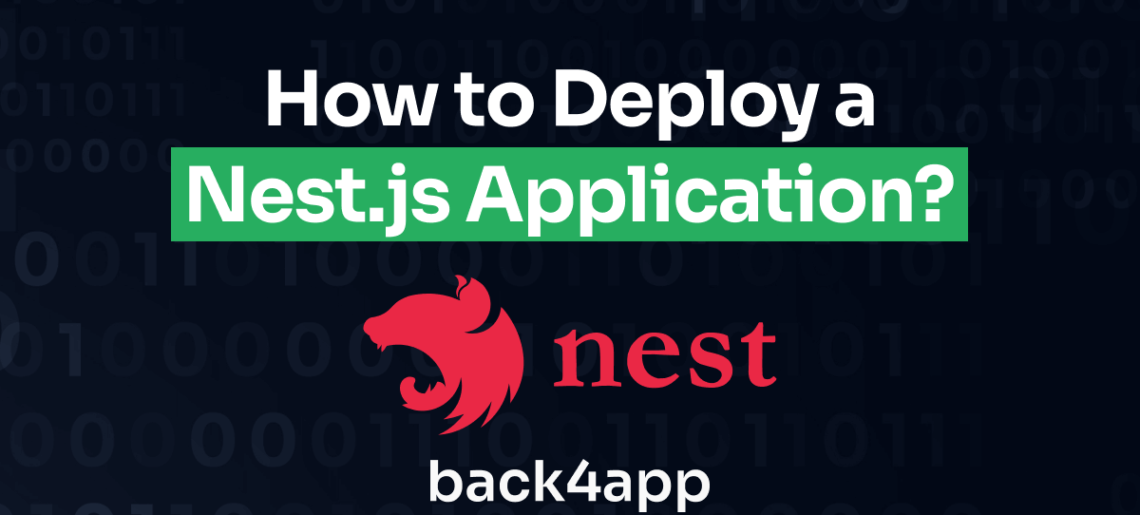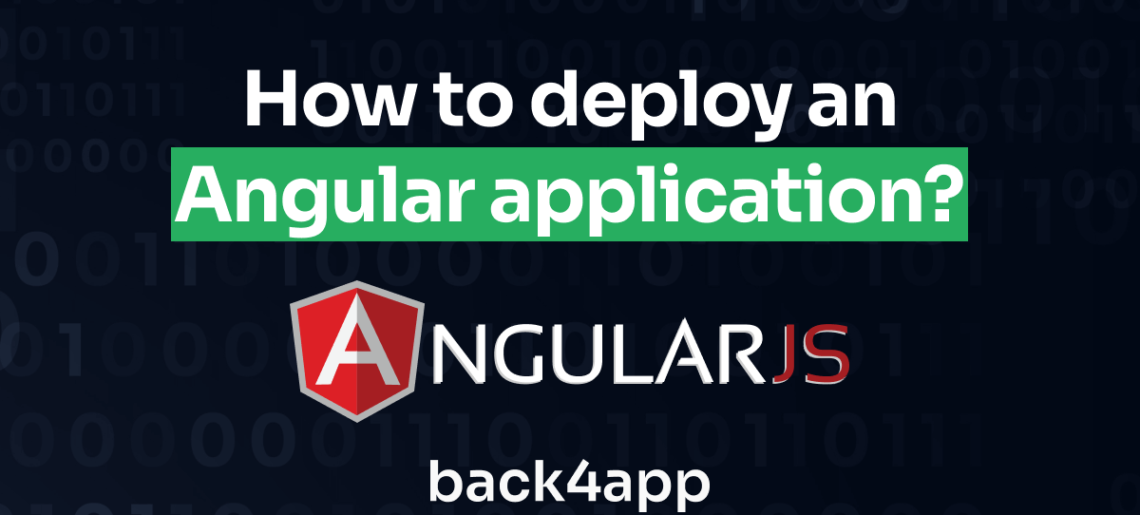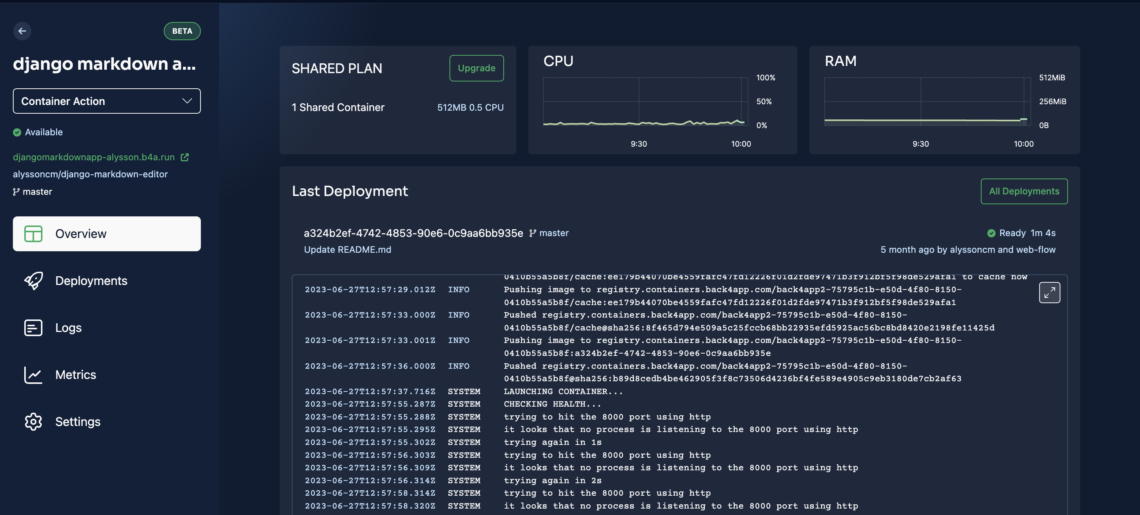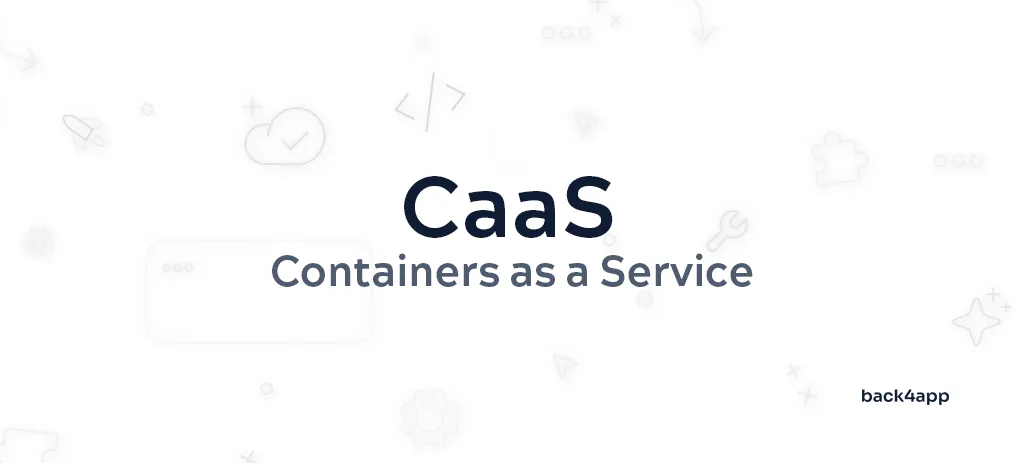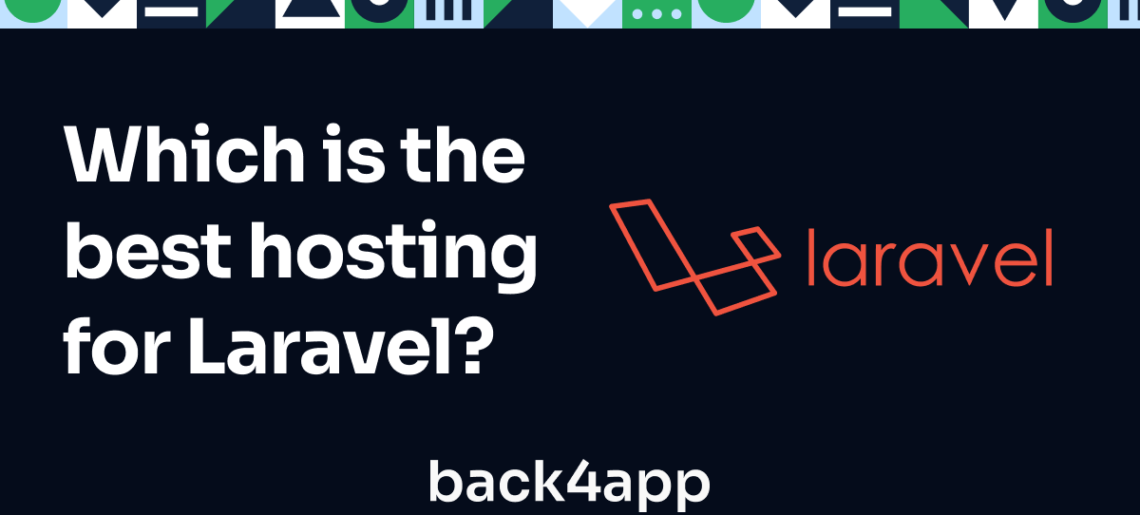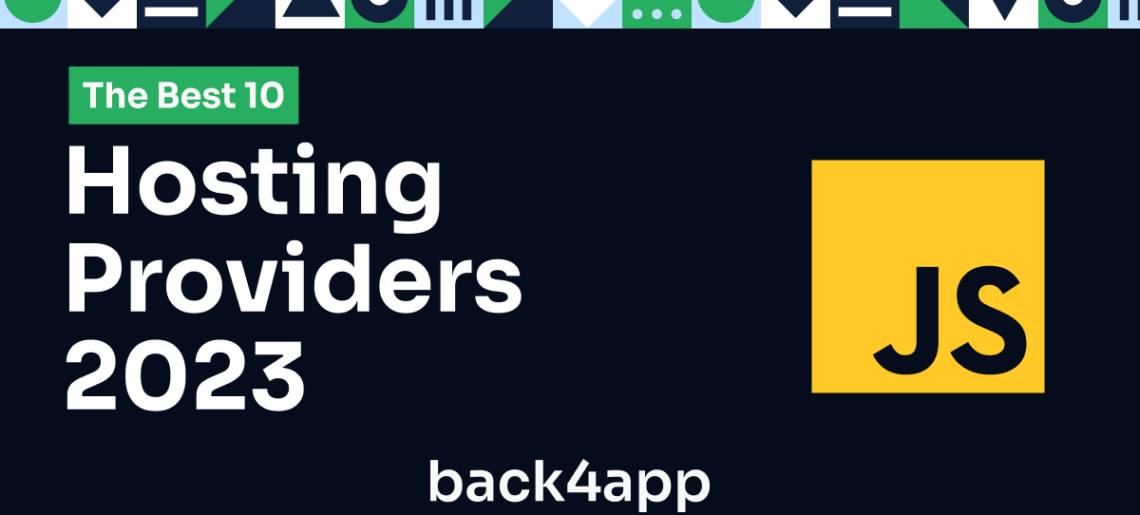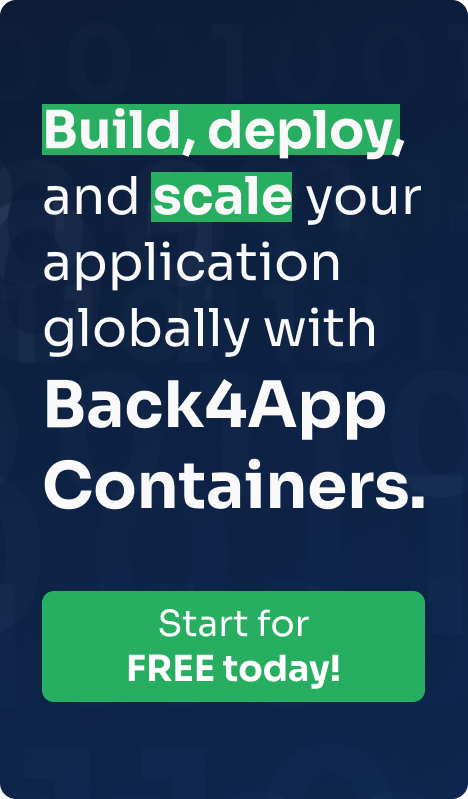Ember.js is a potent JavaScript framework dedicated to crafting expansive single-page web applications. It champions a convention-over-configuration philosophy, offering pre-defined structures and a wide range of tools via Ember CLI, thus simplifying the development process.
Additionally, it incorporates Ember Data to handle models and possesses a nuanced routing mechanism. A thriving community and dedication to stability make Ember.js a trustworthy choice for developers aspiring to create intricate web applications in a productivity-enhancing, reliable environment.
In this guide, we’ll walk you through the process of launching an Ember.js application utilizing the Containers capability of Back4app. This method combines the high-performance nature of Ember.js and the extensive hosting solutions offered by Back4app.
Read More